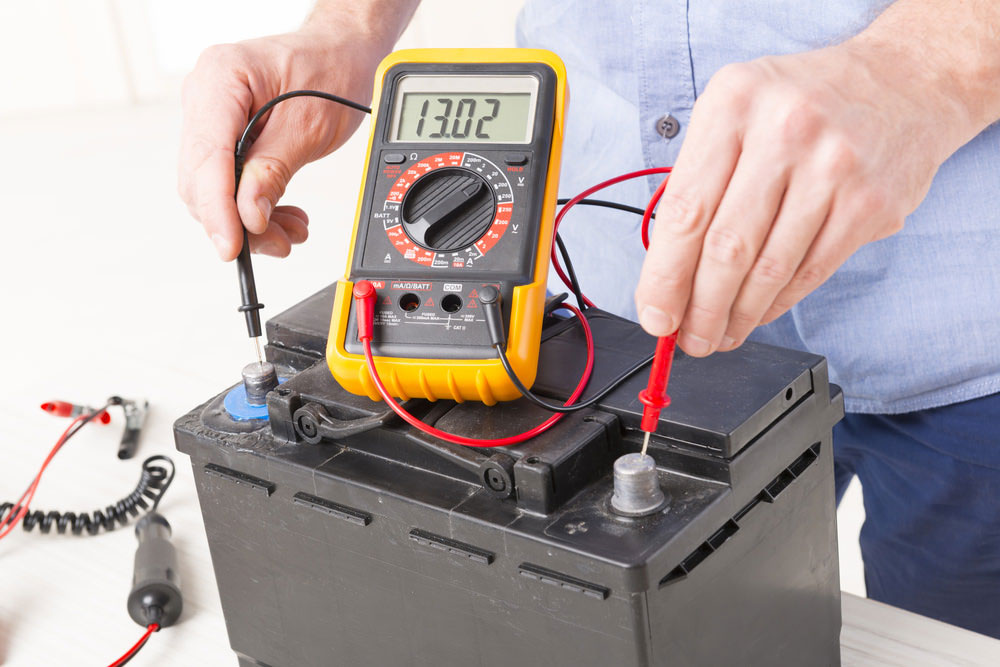If a lead-acid battery is not fully charged for an extended period, several negative effects can occur, impacting its performance and lifespan.
- Sulfation: Sulfation is a common issue in lead-acid batteries that occurs when the battery remains in a partially charged state for an extended period. During discharge, lead sulfate forms on the battery plates. When the battery is not fully charged, this lead sulfate can harden and crystallize, forming a layer that reduces the battery’s ability to hold a charge and deliver power effectively. Over time, severe sulfation can permanently damage the battery, reducing its capacity and lifespan.
- Reduced Capacity: When a lead-acid battery is not fully charged, it does not reach its maximum capacity. Over time, this can lead to a decrease in the battery’s overall capacity to store and deliver energy. As a result, the battery may not provide the expected runtime or power output, leading to decreased performance in applications such as automotive starting, deep cycle, or standby power.
- Stratification: In flooded lead-acid batteries, where the electrolyte is a liquid, stratification can occur when the battery is not fully charged. This means that the acid concentration in the electrolyte becomes uneven, with higher acid concentration at the bottom of the battery and lower concentration at the top. Stratification can lead to uneven battery performance and accelerated degradation of the lower battery plates.
- Corrosion: Incomplete charging can contribute to the buildup of lead sulfate on the battery plates, as mentioned earlier. This buildup can lead to corrosion of the plates and other internal components of the battery. Corrosion can weaken the structural integrity of the battery and contribute to premature failure.
- Permanent Damage: Prolonged undercharging can cause irreversible damage to the battery’s internal structure, leading to reduced performance and shortened lifespan. In severe cases, the battery may need to be replaced prematurely.
To prevent these issues, it’s essential to ensure that lead-acid batteries are regularly charged to their full capacity, particularly in applications where they experience partial discharges frequently. This practice helps maintain battery health, performance, and longevity.


